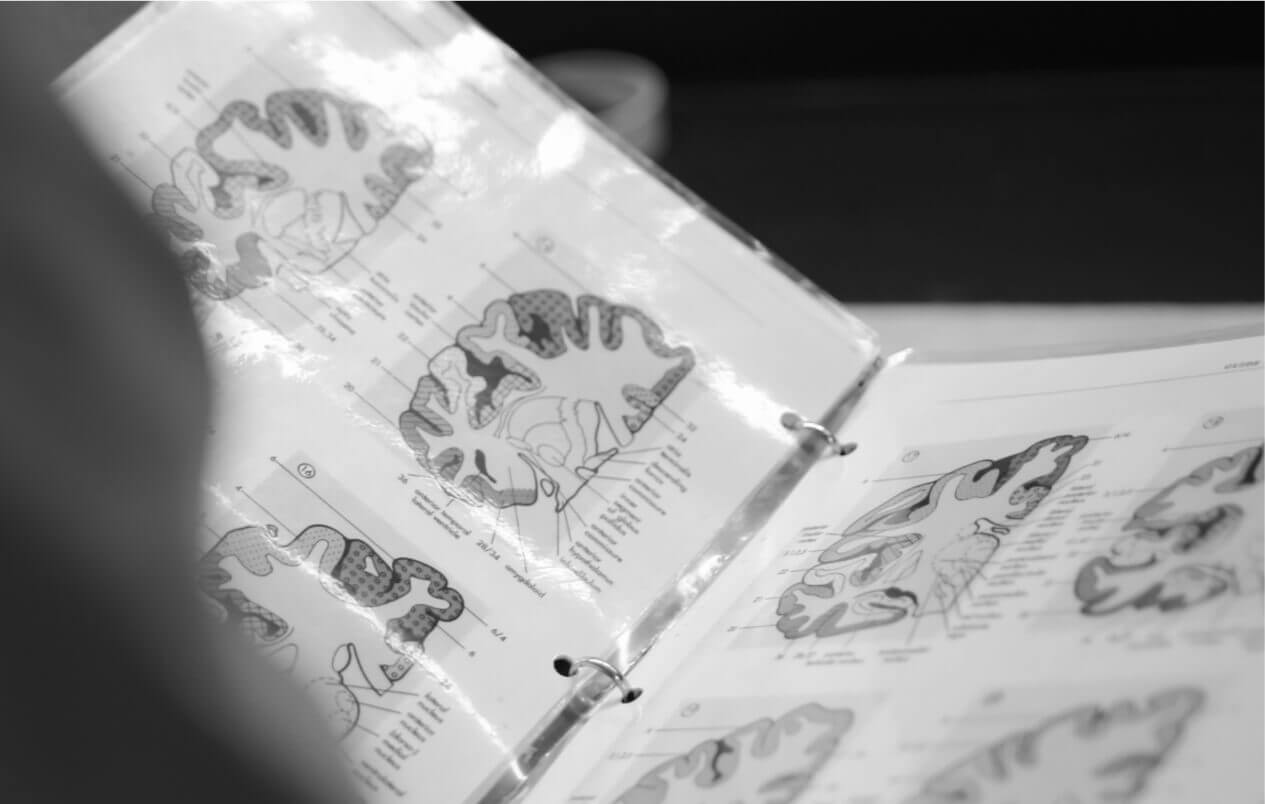Dementia and brain banking: It’s complicated
At first glance, a new statistic about dementia sounds confusing, but it could be a positive sign for our aging population. As you likely know, Americans are living longer than ever, and our chances of being diagnosed with a neurologic disorder increase significantly as we age. So when new research showed that the percentage of people living with dementia has grown – to about 12% of the population, that’s concerning. It represents a bit of an increase over the most recent six-year period.
What’s interesting is this: that statistic measures the prevalence of dementia. The actual incidence of the disease fell by about the same small percentage. That means fewer people are being diagnosed with dementia now, but those who have it, on average, are living longer. And that’s creating increased demand on long-term health care.
It’s also affecting brain banking. One thing scientists must do is manage the types of brain tissue available to researchers. Too much of one diagnosis can mean not enough resources for others, and brain banking is already an expensive undertaking, so adding more simply isn’t always an option. To make sure there’s room for what researchers need most, they define the types of dementia cases that are most valuable to advancing the science. That’s why The Brain Donor Project asks a few extra questions in the pre-registration forms, to meet those needs.
Please know that The Brain Donor Project sincerely appreciates everyone’s intention to contribute to science by being a brain donor. To have to limit participation is tough – but to help be responsible stewards of this most precious gift, sometimes the only answer is “no thank you.” The gratitude is no less sincere when we must decline. We hope you understand.



